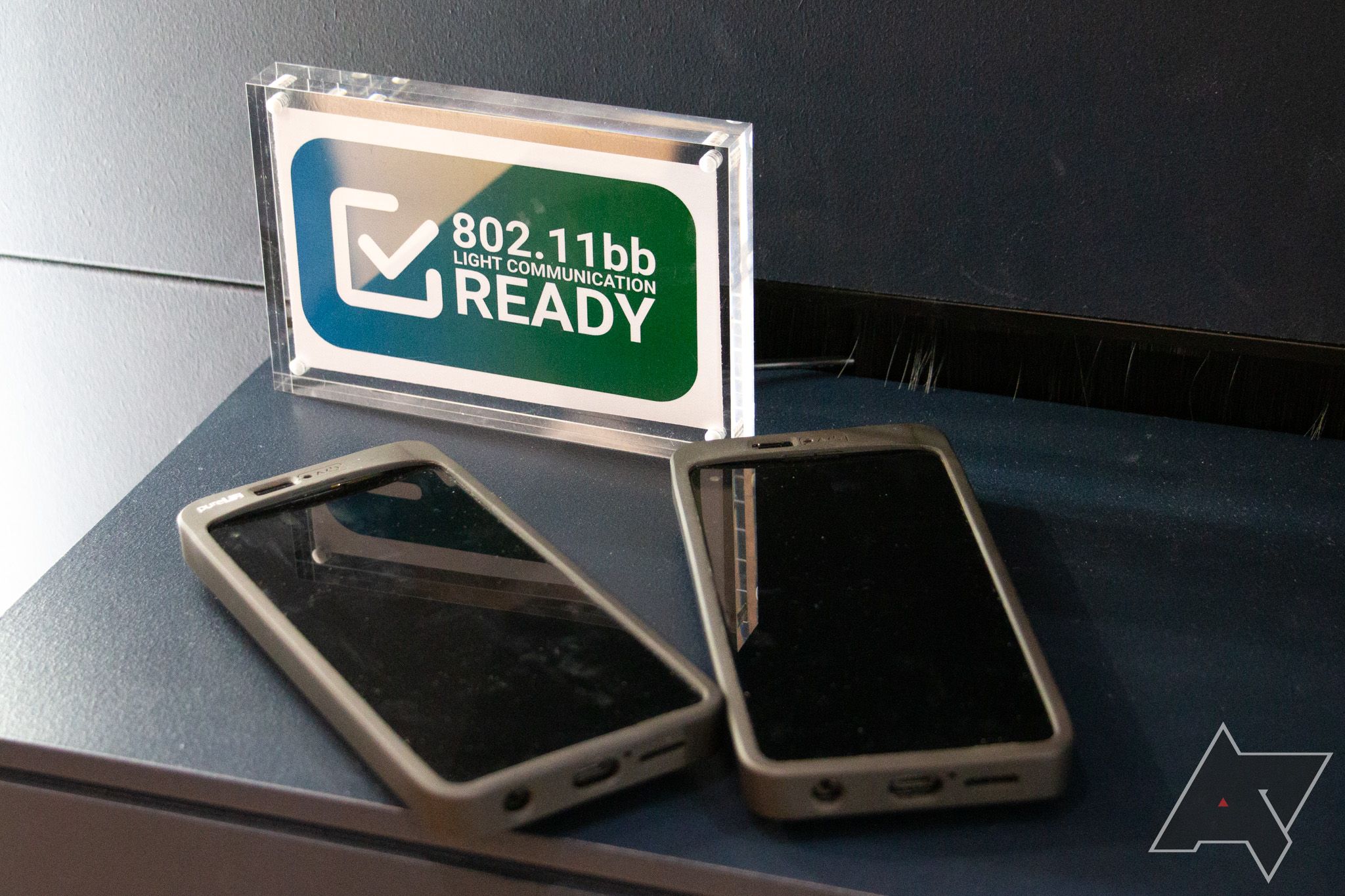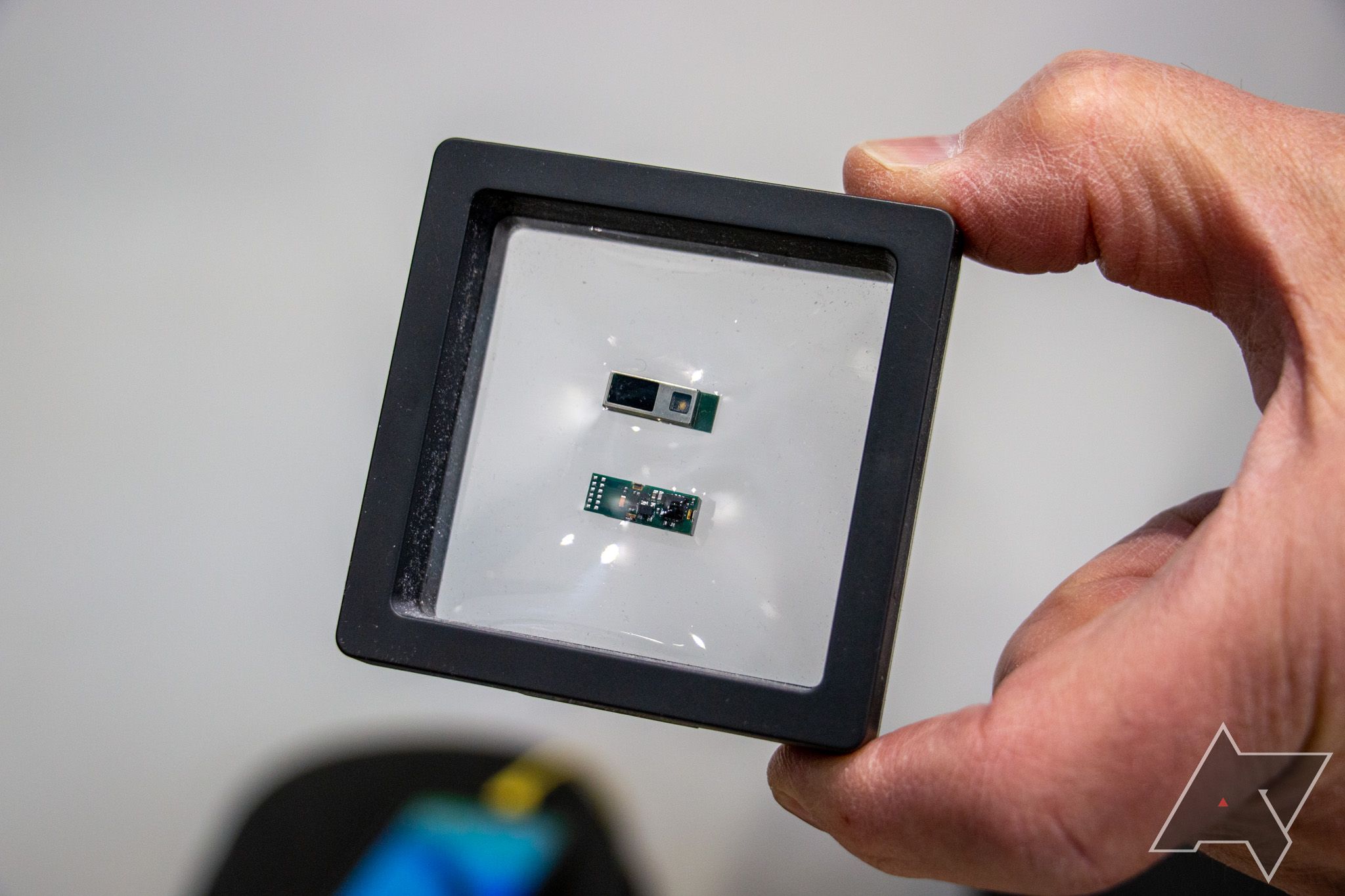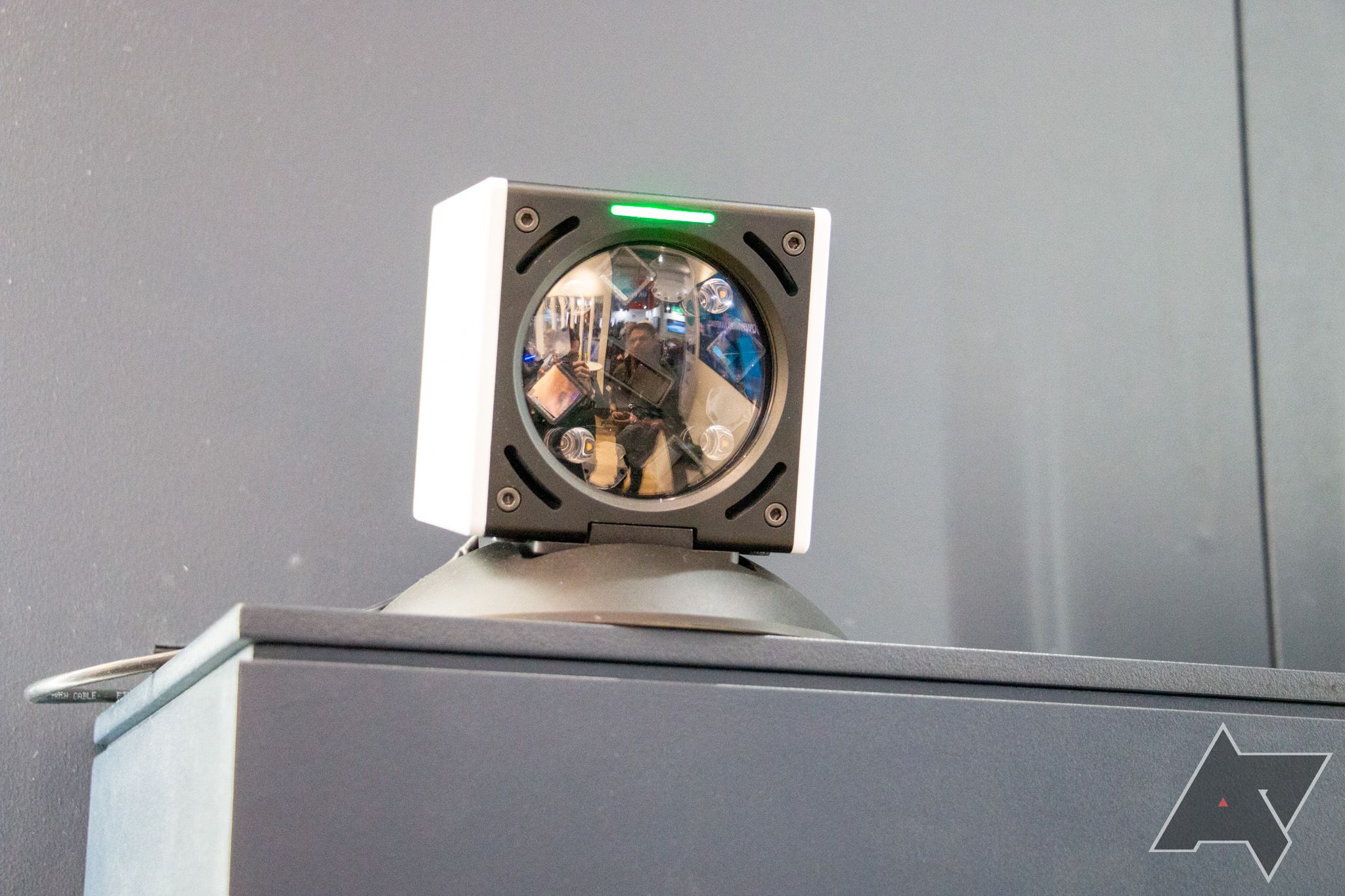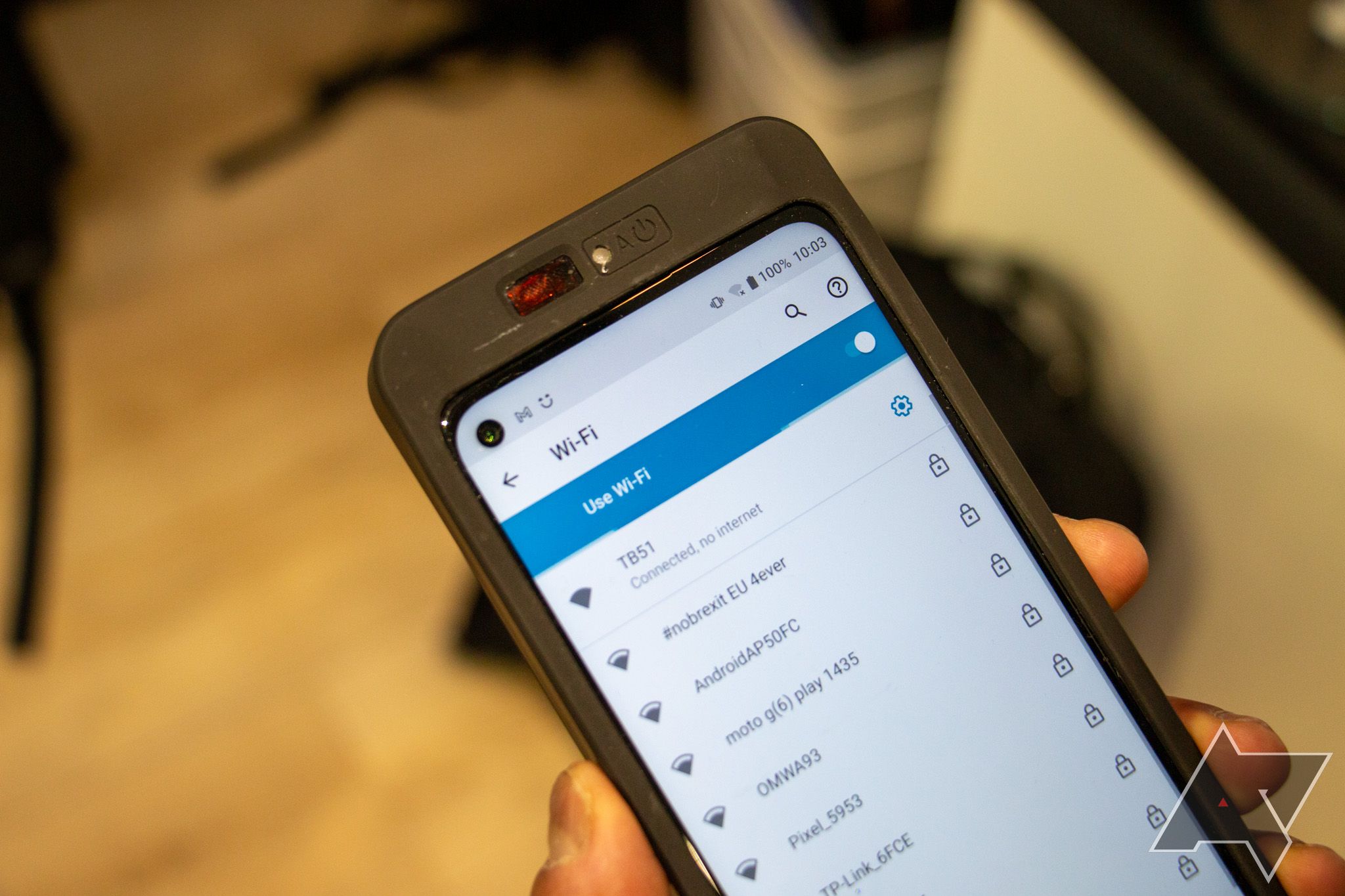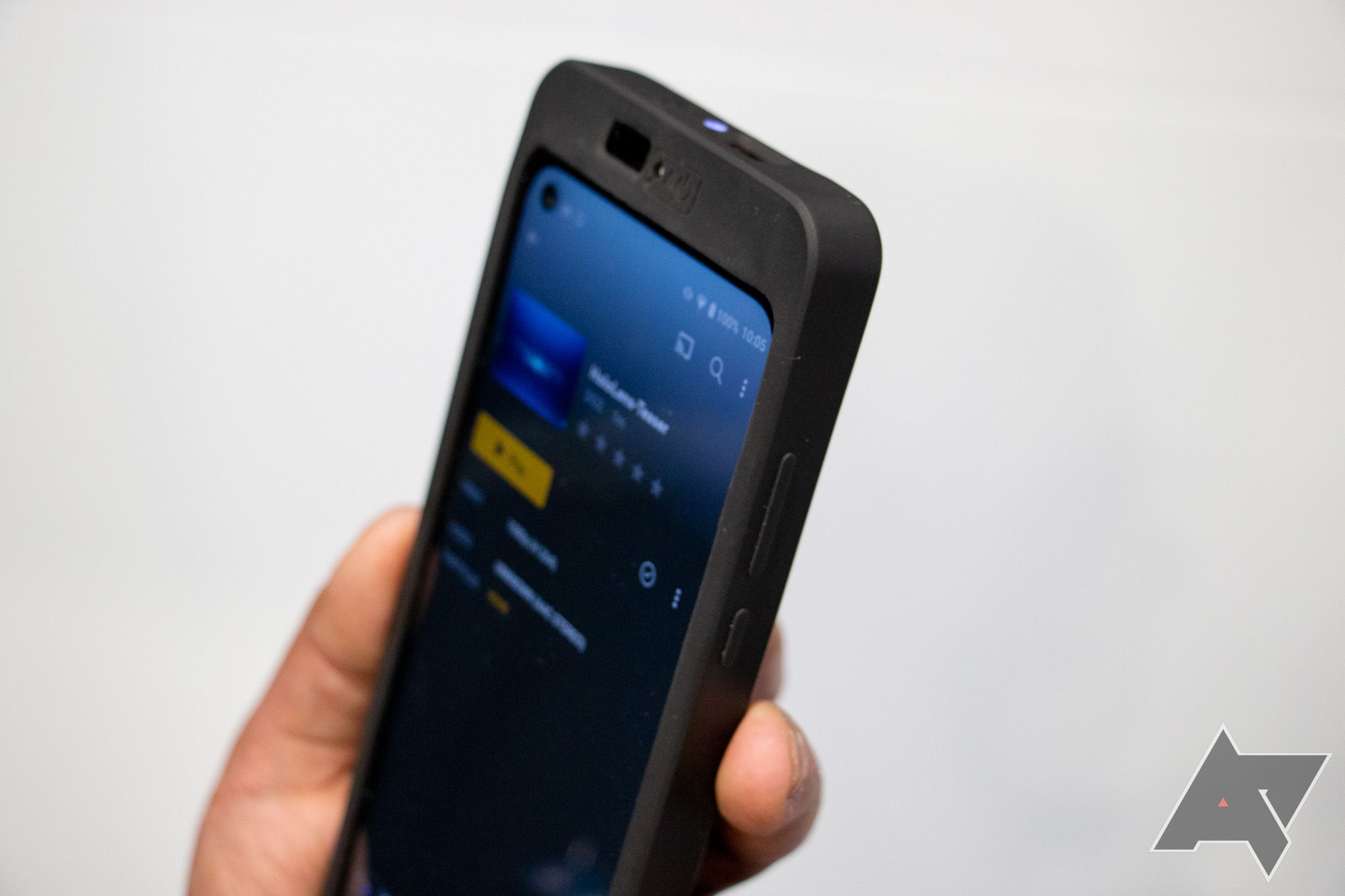Wi-Fi networks are great at keeping all your devices connected to high-speed internet, but they have their downsides. The more great smart home devices you add and the more neighbors you have with similar setups, the more congested radio frequencies inevitably get. Despite encryption, Wi-Fi also isn't entirely private, allowing prying eyes to see which devices are connected and active. So, how do we get around all of these issues? Perhaps by seeing the light.
The infrared-light based standard Li-Fi aims to fix these pain points but not without introducing some problems of its own. And while it's been around for a whole 12 years to this very month, you might be able to tell that those problems have kept you from seeing Li-Fi networks all over the place.
At MWC 2023, Android Police sat down with the people at pureLiFi, one of the companies trying to get the technology off the ground. They give us their idea of when we might see it in smartphones, routers, and other devices, and how the company's mass-production ready Light Antenna One might change how we connect to the internet.
To start off, the idea of light-based transmission of information isn't new. You're probably using something like it every day when you send signals from your remote to your TV, and you might remember the IR-based data transmission option on feature phones, forcing you to line up two handsets just right for success. Li-Fi is much more advanced than either of these and it's about reach a crucial milestone: IEEE specification under the 802.11bb Light Communication standard, making it a technology that lives right next to Wi-Fi and 5G.
Apart from presenting its smartphone-ready antennas, pureLiFi also offered a few demos with concept devices. The most quirky one we saw is probably a cube-shaped plug-and-play router with an array of IR blasters arranged in a mirror-like surface. Ideally, Li-Fi would be integrated in your ceiling light, but pureLiFi admits that this is something many people are likely to shy away from, be it for aesthetic reasons or for fear of dealing with electric circuits. The plug-and-play router then offers an easy solution.
The demo smartphones available at the booth had their antennas integrated in a bulky case, with a manual switch required to switch to the one pointed best to the Li-Fi access point. In a final product, the antennas would be integrated into the chassis, and they would automatically switch or support each other.
When asked how this would impact smartphone design, pureLiFi told us that consumers are already used to bulky camera sensors, so it didn't see this as an unsolvable problem. Given that the Antenna One is a first-gen product, it's also likely to shrink in the future. We would imagine that it might look more like the IR blasters that some smartphones already integrate today to double as remotes, though the surface area they need might be a bit bigger. With cases already leaving cutouts for microphones, speakers, ports, and more, we don't think that the antennas would change the equation too much.
The company told us that while line of sight to the access point is necessary to reach the best possible speeds, the antennas can also work with light bounced off walls. As soon as you put your phone in your pocket, that naturally isn't possible anymore. In that case, smartphones with Li-Fi antennas would seamlessly switch back to Wi-Fi or your mobile connection — just as is already the case when you leave your Wi-Fi network at home.
It's clear then that pureLiFi doesn't see its technology as a replacement for Wi-Fi and 5G. Instead, it's supposed to free up precious RF spectrum, which will be a boon for dormitories, hotels, and apartment blocks with dozens of overlapping networks and hundreds of connected devices including IoT gadgets. Li-Fi could make it possible to reserve a stable and fast connection to devices only in your home, and it could also alleviate pressure on Wi-Fi if smart home devices use it — similar to existing alternatives like ZigBee or Thread.
There is also a security benefit: for critical infrastructure, diplomats, and security researchers, Li-Fi could reduce the risk of proximate, but remotely-executed security threats. Even with encrypted Wi-Fi, a potential attacker would be able to know that their targets are communicating — not to mention that the connection could be blocked or scrambled. Li-Fi is physically confined to a single room, and as soon as the curtains are drawn and the door closed, nobody knows what you're doing in there.
For smartphone manufacturers, it also shouldn't be too complicated to integrate Li-Fi antennas apart from finding enough room for them, as they are compatible with regular Wi-Fi basebands. Thus, they don't require another extra piece of hardware taking up precious space in smartphones.
The company also demonstrated a Li-Fi based 5G mmWave repeater, helping the ultra-fast standard penetrate windows that it usually can't pass without the need for cables.
pureLiFi told us that it's already talking to smartphone makers and a source familiar with the matter confirmed to us that this is indeed the case for at least one big manufacturer. That's still no guarantee that we will see the technology anytime soon, if at all. Smartphone manufacturers are constantly researching and developing (Motorola's rollable concept and the OnePlus 11 Concept are proof enough) and an IEEE spec won't stop some of them from playing around with their own ideas. And after all, the light-based technology comes with some serious downsides of its own and would require not only a new smartphone but also a Li-Fi access point, adding a potential hurdle to widespread adoption.
With the demand for data and bandwidth rising every year, pureLiFi estimates that classic RF technologies won't be able to keep up, inevitably forcing electronics companies to seek out alternatives, be it Li-Fi or something else.

